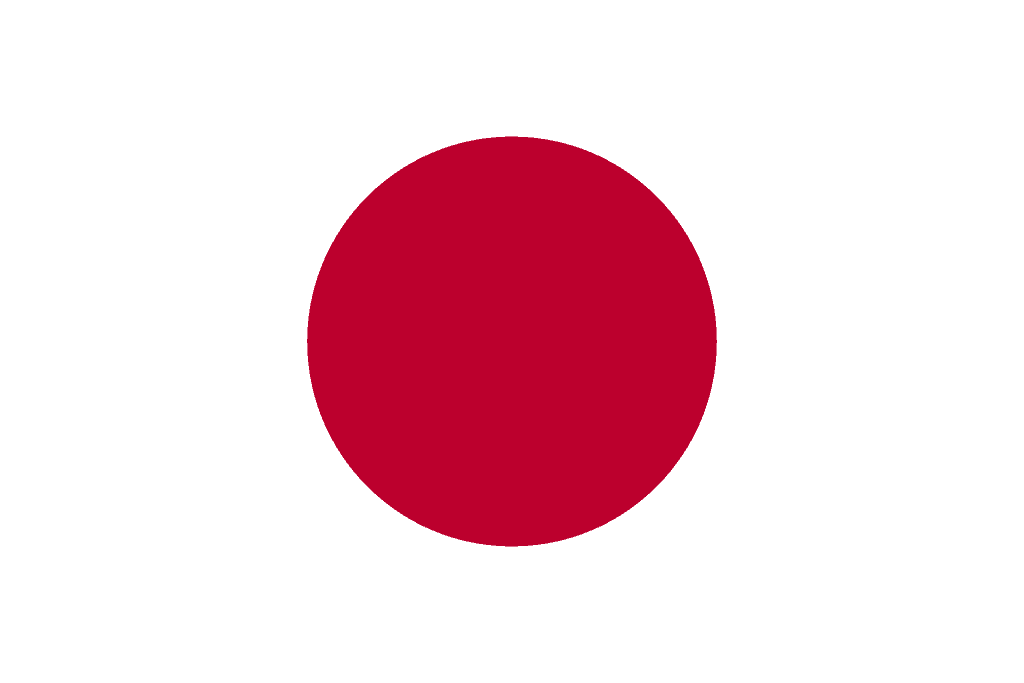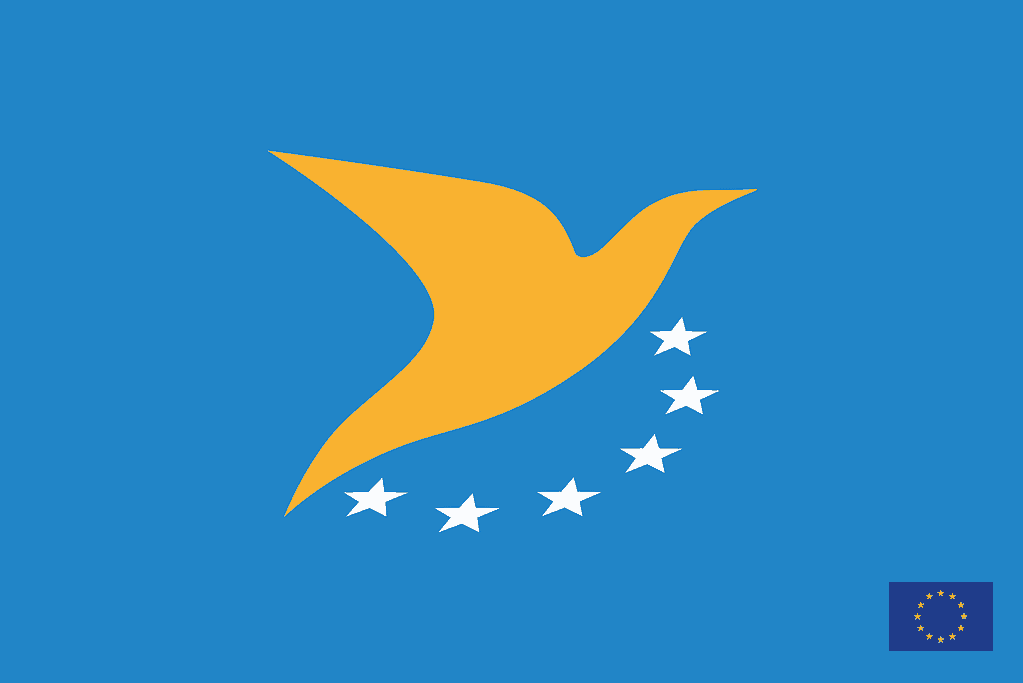Summary of Drone Laws in Tokyo
Hobbyist Drone Laws For Residents of Tokyo
Drone Operations in Tokyo are currently regulated.
- Hobbyist drone flights are allowed in Tokyo
- Hobbyist Japan drone pilot license is not required within the limits below but permission is required for flights
- Hobbyist Drone registration is required in Tokyo for hobbyists flying a drone over 100g
- Drone Remote ID is required in Japan for hobbyists
- Drone Insurance is not required but recommended for hobbyists’ drone operations in Tokyo
Read below for more details on Hobbyist Drone Laws in Tokyo and to find links to regulators and other credible sources!
Commercial Drone Laws For Residents of Tokyo
Drone Operations in Tokyo are currently regulated.
- Commercial drone flights are allowed in Tokyo
- Commercial Japan drone pilot license is required for categories 2 and 3 and permission must be obtained
- Commercial Drone registration is required in Tokyo for commercial drone operators
- Drone Remote ID is required in Tokyo for Commercial Drone Operators
- Drone Insurance is not required but recommended for commercial drone operations in Tokyo
Read below for more details on Commercial Drone Laws in Tokyo and to find links to regulators and other credible sources!
Drone Laws For Visitors To Tokyo
Drone Operations in Tokyo are currently regulated.
- Foreign visitor drone flights are allowed in Tokyo
- Foreign visitor drone pilot license is not required
- Drone registration is not required but you must apply for a permit in Tokyo for visitors/tourists
- Drone Remote ID is required in Tokyo for tourists
- Drone Insurance is not required but recommended for tourist drone operations in Tokyo
Read below for more details on Drone Laws in Tokyo for Visitors (Tourists) and to find links to regulators and other credible sources!
Drone Laws For Government Drone Operators in Tokyo
Drone Operations in Tokyo are currently regulated.
- Government drone flights allowed in Tokyo
- Government drone pilot license is not required
- Drone registration is required in Tokyo for Government operations
- Drone Remote ID is required in Tokyo for Government operations
- Drone Insurance is not required for Government drone operations in Tokyo
Read below for more details on Drone Laws in Tokyo for Government Drone Operations and to find links to regulators and other credible sources!
Agencies Responsible for regulating drones in Tokyo
Drone Regulator in Tokyo, Japan: Japan Civil Aviation Bureau (JCAB) and Ministry of Land, Infrastructure, Transport, and Tourism
Official website explaining Drone Rules in Tokyo, Japan: Flight Rules Explained (English)
For Drone Laws in Japan go to: Japanese Drone Laws
UAS Laws – General rules for flying drones in Tokyo
The Japanese agency responsible for drone safety, JCAB, has provided several internet-accessible details on flying for fun or work. The highlights are enumerated below. For more details, go to the link above.
Are drones allowed in Tokyo?
JCAB states that drone use is allowed in Tokyo, subject to strict JCAB regulations. Read on for more details.
Here are the most important rules to know for flying a drone in Tokyo:
JCAB defines “UA/Drone” as an airplane, rotorcraft, glider, or airship that cannot accommodate anyone on board and can be remotely or automatically piloted. (Excluding those lighter than 200g. The weight of a UA/Drone includes that of its battery.)
Since the majority of the 23 wards of Tokyo are designated as “highly densely populated areas,” which are risky for drones, you might need to ask for permission. Depending on how and where you want to fly a drone, you might also need special approval. There are some parts of Tokyo that are not very densely populated where you can fly a drone without permission. Please note that private property requires the owner’s permission to avoid any issues.
Important Notice regarding registration and remote ID
The mandatory registration of Unmanned Aircraft became effective on June 20, 2022. No flights of unregistered Unmanned Aircraft weighing 100 g or more are allowed after June 20, 2022. Please be sure to register your Unmanned Aircraft. Also, Unmanned Aircraft of 100 g or more are subject to the control of the Civil Aeronautics Act, including the scope of the flight permission system from June 20, 2022.
In addition to displaying a registration ID on the Unmanned Aircraft, the aircraft must be equipped with a remote ID function. The RID equipment installed in the Unmanned Aircraft transmits the aircraft’s identification information via radio waves even during a flight, enabling you to identify whether or not it is registered and ensuring safe skies.
As of June 20th, 2022, all drones over the weight of 100 grams are required to be registered. Follow this link to register and pay the fee (900 to 2,400 yen for the first drone, depending on the application method). Your drone must also be equipped with a remote ID function or equipment.
Prohibited Airspace for Flight
Any person who intends to operate a UA/Drone in the following airspaces must obtain permission from the Minister of Land, Infrastructure, Transport, and Tourism.
(A) Airspace around airports. (airspaces above approach surface, horizontal surface, transitional surface, extended approach surface, conical surface, and outer horizontal surface.)
* As of September 18, 2019, Airspace below the approach surface, transitional surface, and above the airport premises is added to a no-fly zone at the following airports; New Chitose Airport, Narita International Airport, Tokyo International Airport, Chubu International Airport, Kansai International Airport, Osaka International Airport, Fukuoka Airport, Naha Airport.
(B) Airspace at or above 150m above ground level.
(C) Above Densely Inhabited Districts (DID) defined and published by the Ministry of Internal Affairs and Communications.
* For further details of (B) and (C), please refer to
Online Maps 1 and Online Maps 2
Please click “OK”; you can confirm the areas of (A) and (C).
Green area : (A) Airspace around airports
Red area : (C) Densely Inhabited Districts

Operational Limitations
Regardless of where you fly, you must follow the rules listed below when flying a UA/Drone:
[1] Do not operate UA/Drones under the influence of alcohol and drugs.
[2] Fly and operate UA/Drones after preflight actions.
[3] Operate UA/Drones to prevent collision hazards with airplanes and other UAs/Drones.
[4] Do not operate UA/Drones in a careless or reckless manner.
[5] Fly and operate UA/Drones in the daytime.
[6] Operate UA/Drones within Visual Line of Sight (VLOS).
[7] Keep a 30m or more operating distance between UA/Drones and persons or properties on the ground/water surface.
[8] Do not operate UA/Drones over event sites where many people gather.
[9] Do not transport hazardous materials such as explosives by UA/Drone.
[10] Do not drop any objects from UAs/Drones.
If you intend to fly a UA/Drone regardless of rules [5] to [10] above, you must obtain approval from the Regional Civil Aviation Bureau in advance.
Exception
Requirements stated in “Airspace in which Flights are Prohibited” and “Operational Limitations” are not applied to flights for search and rescue operations by public organizations in case of accidents and disasters. (Exception for part of the rules.)
Penalty
If the above rules are violated, the UAV operator is liable for a fine of up to 500,000 yen. (* If [1] is violated, the UAV operator is liable for imprisonment for up to one year or a fine of up to 300,000 yen.)
Permission & Approval
You must submit an application in Japanese for permission or approval to the Ministry of Land Infrastructure, Transport, and Tourism for at least ten days (excluding Saturdays, Sundays, and holidays) before you fly a UA/Drone.
Can tourists fly drones in Tokyo, Japan?
Yes, tourists are allowed to fly drones in Tokyo, Japan, but it is necessary to apply to the Ministry of Land, Infrastructure, Transport, and Tourism at least ten days in advance. Upon approval, they must follow all MLIT regulations and Japanese drone laws.
You can send the application via post or online. You can also bring it to the office yourself or send the application form by email. FAX is generally not accepted unless it is an emergency, such as a natural calamity.
For visitors who wish to start the process before arriving in Japan, you must request permission or approval through the online system DIPS: https://www.dips.mlit.go.jp/portal/ (Please note that all the information online or using the forms is available only in Japanese).
- Firstly, you need to create an account by registering information about the registrant, the drone, and the operator of the drone.
- Fill out the application form and submit it.
- You will receive feedback from MLIT.
- You might receive correction requests from MLIT. if so, then make any needed changes and resubmit.
- If you received any correction requests, log on to DIPS and correct your application accordingly.
- When approved, you’ll receive an email.
- You will then be able to download the electronic written permission via DIPS if you opted for it during the application.
- You must always carry it with you during the operation of the drone.
According to the law, private property includes midair above the land. Hence, you need to ask for permission beforehand from the owner(s) of the place(s) you want to fly a drone. The private property also includes forests, mountains, public transport stations and rail tracks, riversides, schools, shrines, temples, riversides, and so on.
Violating these rules can result in fines of up to 500,000 yen or other penalties.
It is important to follow the operational conditions outlined by the MLIT (see general Japanese Drone Laws above), and ensure that your drone has Japanese TELEC certification.
Notes for recreational drone pilots flying for fun in Tokyo
Unmanned Aerial Vehicles can be operated by hobbyists subject to the following guidelines:
- Permission is required to fly in airspace A, B, or C.
- Aerial space surrounding airports.
- At or above 150m, airspace
- Districts with a High Density of Inhabitants (DID)
- Maximum Height Maximum 150m / 492ft > 150m / 492ft requires permission
- Maximum Range: None must always remain within the operator’s line of sight unless approval for a beyond-line-of-sight (BVLOS) operation has been granted.
- There is no upper weight limit for take-off.
- Although a license is not required, you must apply in Japanese to the Ministry of Land, Infrastructure, Transport, and Tourism for at least ten days (excluding Saturdays, Sundays, and holidays) before flying a drone.
- Unless prior approval has been granted, operations must be conducted during the day.
- Drone labeling is not required; it is recommended.
- Liability insurance for drones is not required; it is recommended.
Notes for operating Commercial Drone Services in Tokyo
Unmanned Aerial Vehicles can be operated by hobbyists subject to the following guidelines:
- Permission is required to fly in airspace A, B, or C.
- Aerial space surrounding airports.
- At or above 150m, airspace
- Districts with a High Density of Inhabitants (DID)
- Maximum Height Maximum 150m / 492ft > 150m / 492ft requires permission
- Maximum Range: None must always remain within the operator’s line-of-sight unless approval is granted beyond-line-of-sight (BVLOS) operation.
- There is no upper weight limit for take-off.
- Although a license is not required, you must apply in Japanese to the Ministry of Land, Infrastructure, Transport, and Tourism for at least ten days (excluding Saturdays, Sundays, and holidays) before flying a drone.
- Unless prior approval has been granted, operations must be conducted during the day.
- Labeling your drone is not required, but it is recommended.
- Liability insurance for drones is not required, but it is recommended.
Useful published information on flying drones in Tokyo
Here is a sample of what you might expect if you follow the drone laws and fly in Tokyo…
Authoritative Sources of Information on Tokyo Drone Laws
We will attempt to keep an updated list of online authoritative links to regulators and other official websites here:
- Drone Regulator Website: Japan Civil Aviation Bureau (JCAB) and Ministry of Land, Infrastructure, Transport, and Tourism
- Link To SUAS Laws: Japanese Drone Laws
- No Fly Zone Maps/Locations: Japan No Fly Zone Maps
- UAV Registration Site: UA Registration Web Portal
- Drone Operator Licensing Site: UAS Remote Pilot Certificate Web Portal
- Others: Flight Rules Explained (English)
- Others: DIPS 2.0 To Apply For Permission To Fly
NOTE: This page is about the Regulation of Unmanned Aerial Vehicles: Small Unmanned Aerial Systems (SUAS), Small UAS, Remote Piloted Aerial Systems (RPAS), unmanned aerial vehicle (UAV), Unmanned Aerial System (UAS), and drone are interchangeable terms unless specified. Model Aircraft, toy, remote-controlled, and RC aircraft may be covered by the same regulations unless specified.
Find out why
We think you must use a Drone Preflight Checklist
And a Drone Post-flight checklist
Free Drone Flight Checklist PDF
This Drone Flight Checklist is better than others.
It’s free!
It includes both the preflight checklist and post-flight checklist
It’s an easy-to-use printable PDF that covers all your bases.
Traveling with a Drone?
Click here to read our Comprehensive Guide For Traveling With A Drone.
NOW IT’S YOUR TURN




Leave a Comment